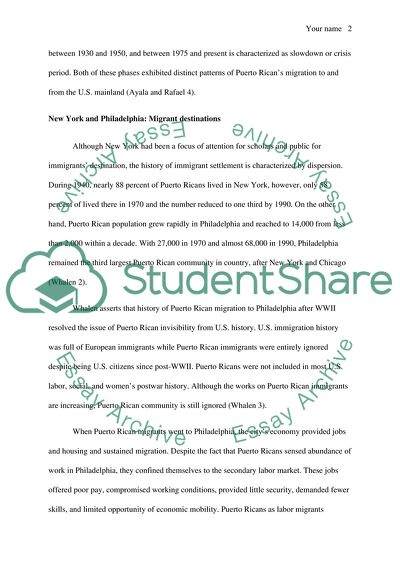Cite this document
(Puerto Ricans in the United States Report Example | Topics and Well Written Essays - 2250 words, n.d.)
Puerto Ricans in the United States Report Example | Topics and Well Written Essays - 2250 words. https://studentshare.org/history/1822829-puerto-ricans-in-the-united-states
Puerto Ricans in the United States Report Example | Topics and Well Written Essays - 2250 words. https://studentshare.org/history/1822829-puerto-ricans-in-the-united-states
(Puerto Ricans in the United States Report Example | Topics and Well Written Essays - 2250 Words)
Puerto Ricans in the United States Report Example | Topics and Well Written Essays - 2250 Words. https://studentshare.org/history/1822829-puerto-ricans-in-the-united-states.
Puerto Ricans in the United States Report Example | Topics and Well Written Essays - 2250 Words. https://studentshare.org/history/1822829-puerto-ricans-in-the-united-states.
“Puerto Ricans in the United States Report Example | Topics and Well Written Essays - 2250 Words”. https://studentshare.org/history/1822829-puerto-ricans-in-the-united-states.


